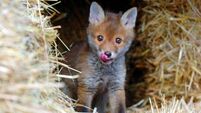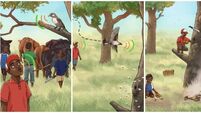Donal Hickey: More power to the puffin — as conservation scope of marine protected areas is extended
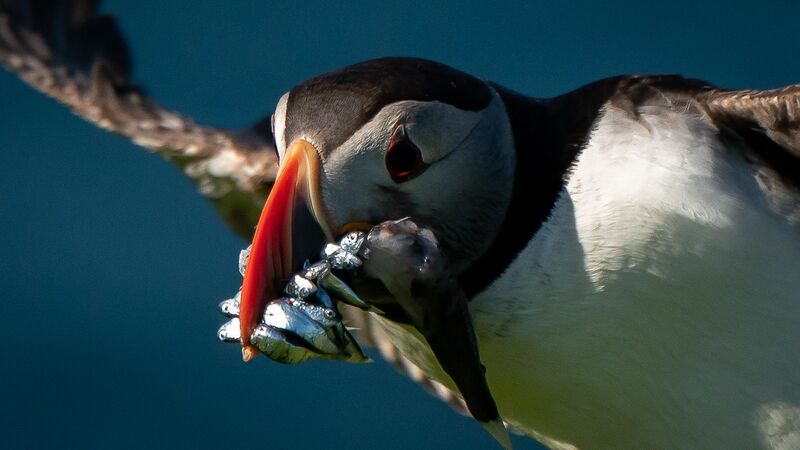
A puffin with freshly caught fish in its beak. Picture: Aaron Chown/PA
The puffin is one of our most loved seabirds — its red beak, with blue and white stripes, and contrasting pale cheeks, making it really stand out.
If you’re visiting coastal areas during the holidays, you may spot puffins. Because of the Atlantic, our west coast headlands and islands are among the best in Europe for watching a wide range of marine wildlife.
Places such as Cape Clear, West Cork; the Skelligs and Puffin Island, County Kerry, Rathlin Island, off the northern coast, the Cliffs of Moher, in Clare, and the Saltee Islands, Wexford, come to mind.
Recently, a decision was taken to give additional protection to a massive protected area in the North Atlantic that’s important for puffins that breed in Ireland and a host of other marine life.
Our Government is among 15 governments that are signatories to the OSPAR convention for marine protection which has so designated the area in the Atlantic, roughly the size of France.
Tracking has shown that five million birds, including puffins that breed on Skellig Michael, use the area every year. It’s been described as a “ seabird hotspot’’ — one of the most significant sites for migratory seabirds in the Atlantic.
Puffins nest and lay their eggs underground, using their webbed feet and stiff beaks as tunnelling tools. Disused rabbit burrows also come in handy for the purpose.
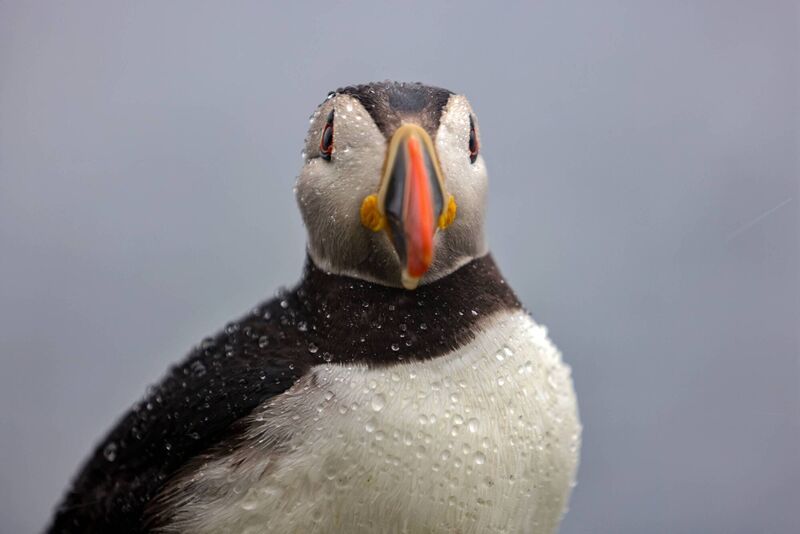
Fisherman, farmer and naturalist, Michael Kirby, said a puffin standing on a ledge can assume a pose of authority, like that of admiral, gazing out to sea and seemingly indifferent to its surroundings.
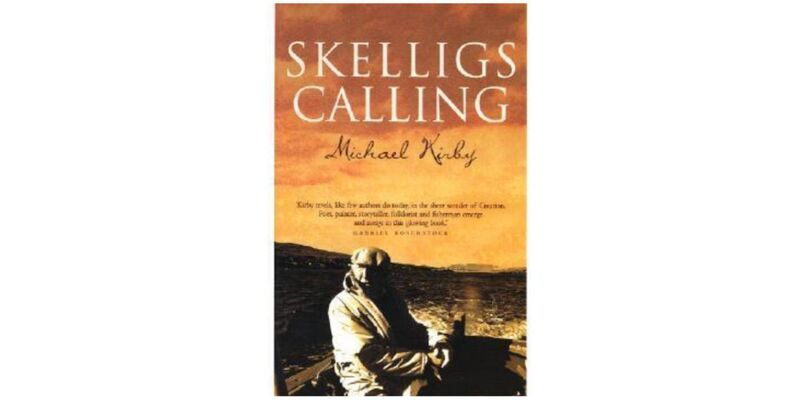
In his book, Skelligs Calling, he said puffins do not dive from the sky, but submerge and swim beneath the waves for long periods, searching for sprats and other small fish.
“I have watched puffins flying towards the Skellig from far out to sea, their beaks laden with silver sprats," Kirby wrote. “Young puffins are spirited to sea on moonlit nights — how this is done remains a mystery to me."
In folklore, puffins were believed to be reincarnations of Celtic monks, perhaps because of their black and white plumage resembling clerical garb, or even their connection with Skellig Michael, an old monastic settlement.
Meanwhile, blue and fin whales, leatherback and loggerhead turtles, basking sharks, European eels, and Atlantic bluefin tuna are all key inhabitants of this Atlantic marine sanctuary.
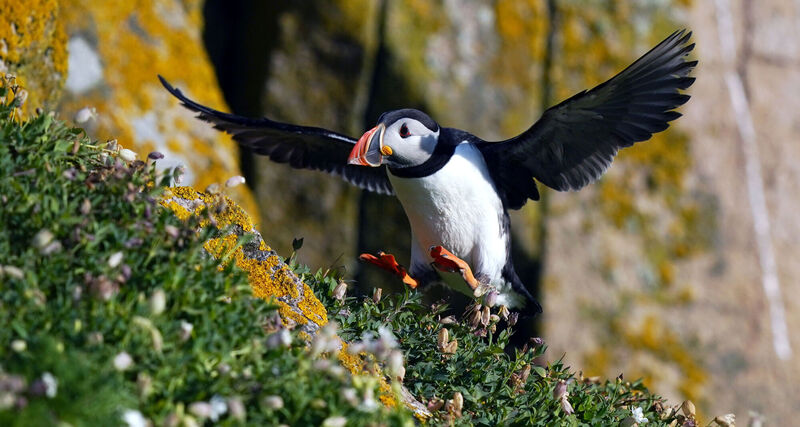
“The (extra protection) decision is an incredibly important first step to ensure that this biodiversity hotspot in the North Atlantic high seas can continue to support the abundance and diversity of marine life that relies on the area as part of their life cycle,” Sinéad Loughran, marine policy officer, BirdWatch Ireland, commented.





